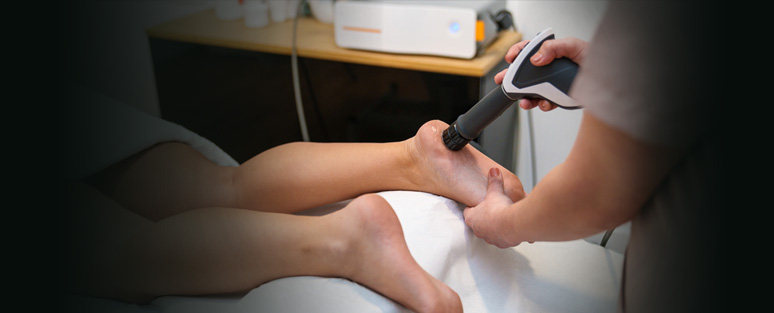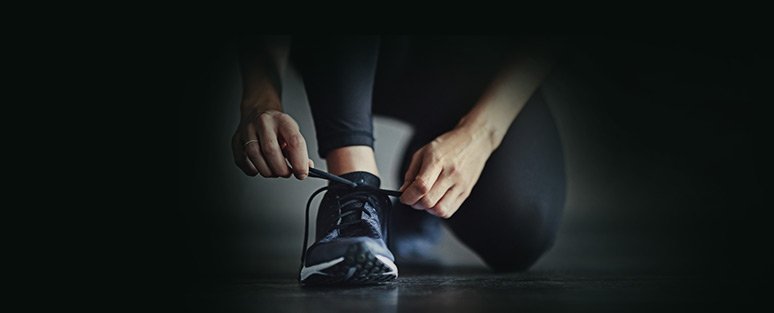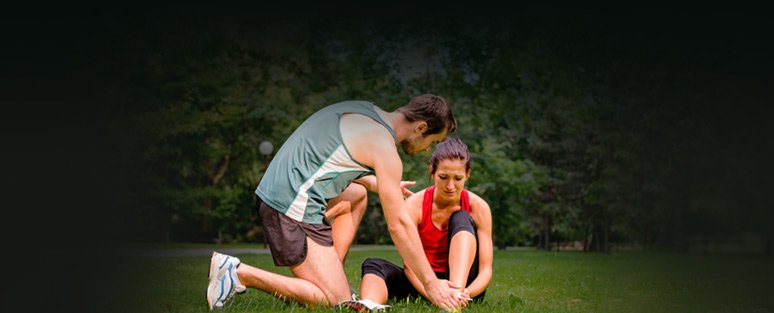If you have ever felt pain in your ankle or along the bottom or side of your foot that will not go away, you may be dealing with a tendon issue. Tendons are the strong, rope-like tissues that connect muscles to bones. When tendons are irritated or injured, they can become painful and limit your ability to move comfortably.
As an orthopedic surgeon, I often see two tendon conditions that are commonly confused: tendinitis and tendinosis. Understanding the difference between the two is important because each requires a different treatment approach. Let’s break it down together in a way that makes sense.
What are Tendinitis and Tendinosis?
Tendinitis is when a tendon becomes inflamed. This usually happens suddenly, often after an increase in activity or an injury. It may feel warm or swollen, and it is usually painful when you try to move.
Tendinosis, on the other hand, is not about inflammation. It is a long-term condition where the tendon has started to break down over time. This can happen when a tendon has been overused or has not healed properly from a previous injury. The tendon may feel thick or stiff, and the pain is usually more of a dull ache that builds over time.
 Why it Happens in the Foot and Ankle
Why it Happens in the Foot and Ankle
Your feet and ankles work hard. Every step you take puts pressure on the tendons that help you walk, stand, and stay balanced. Repeating the same motions every day, wearing unsupportive shoes, or changing your activity level suddenly, can put stress on these tendons. That is why we often see tendinitis and tendinosis in the Achilles tendon, the posterior tibial tendon, and tendons around the ankle and arch.
Why it Happens in the Knees and Shoulders
Like your feet and ankles, your knees and shoulders depend on tendons for smooth movement. In the knees, tendons like the patellar and quadriceps are stressed by walking, running, jumping, and squatting, especially in sports. In the shoulders, the rotator cuff and biceps tendons can become irritated by repeated overhead movements like lifting, throwing, or swimming.
Poor posture, muscle imbalances, or aging can also affect how tendons move, increasing strain. In both joints, overuse and lack of recovery are key reasons tendon problems develop.
How You Might Feel
Whether it is tendinitis or tendinosis, the symptoms can overlap. You might notice:
-
Pain during or after activity
-
Swelling or tenderness along the tendon
-
Stiffness in the morning or after sitting
-
A thick, rope-like feel in the tendon
-
Trouble walking, running, or going up stairs
Tendinitis usually comes on quickly. Tendinosis tends to creep in more slowly and stay longer.
What Causes These Problems?
There are several reasons your tendon might become painful:
-
Doing more activity than your body is used to
-
Repeating the same motion over and over
-
Wearing shoes with poor support
-
Having flat feet or high arches
-
Getting older and losing tendon strength
-
Having a previous injury that never fully healed
How To Treat It
The first step is to figure out which condition you are dealing with. This often involves a physical exam and sometimes imaging, like an ultrasound or MRI, to look at the tendon tissue.
If it is tendinitis, we focus on calming the inflammation:
-
Resting the area and avoiding painful activities
-
Icing to reduce swelling
-
Taking anti-inflammatory medications like ibuprofen (if appropriate)
-
Using braces or supportive shoes
-
Doing gentle stretching and physical therapy
-
MLS laser therapy can be used to help rapidly reduce inflammation if a more rapid healing is necessary.
If it is tendinosis, we work on healing and rebuilding the tendon:
-
Eccentric strengthening exercises that are specific for tendon repair
-
Shockwave therapy to switch the tendon problem from a chronic and non-healing phase to and acute phase, increase blood flow and promote healing
-
MLS therapy to improve blood flow and promote healing alone, or in combination with shockwave therapy for dual benefit
-
Platelet-rich plasma (PRP) injections to bring natural growth factors to the degenerative tendon and promote healing of chronic injuries
-
Stem-Cell and Nanofat injections – using your body’s ultimate healing powerhouse for maximum healing potential of chronic injuries
-
Minimally invasive procedures to remove damaged tendon tissue if needed
Long-Term Prevention
To keep tendon problems from coming back, we often recommend:
-
Custom orthotics to support your foot structure
-
Wearing well-fitted, supportive shoes
-
Slowly increasing your activity level over time
-
Paying attention to your form and movement patterns
-
Keeping a consistent stretching and strengthening routine. Physical Therapy can be a good adjunct to maintaining tendon health after jumpstarting the healing of chronic tendinosis.
When to Get Help
If you have been dealing with tendon pain for more than a few weeks and it is not getting better, consider having an evaluation. The earlier the problem is treated, the better the potential for improved function.
In Conclusion
Tendinitis and tendinosis may sound similar, but they are very different conditions. Tendinitis is inflammation. Tendinosis is long-term tendon damage. Each one needs a specific type of care. The good news is, with the right diagnosis and a thoughtful treatment plan, most patients recover well and get back to the activities they enjoy.
If you are dealing with tendon pain, let’s find out what is going on and take the right steps toward healing.
Click Here to schedule a consultation with Dr. Natalie Mesnier at Multnomah Orthopedic Clinic. Your orthopedic health is her priority.














